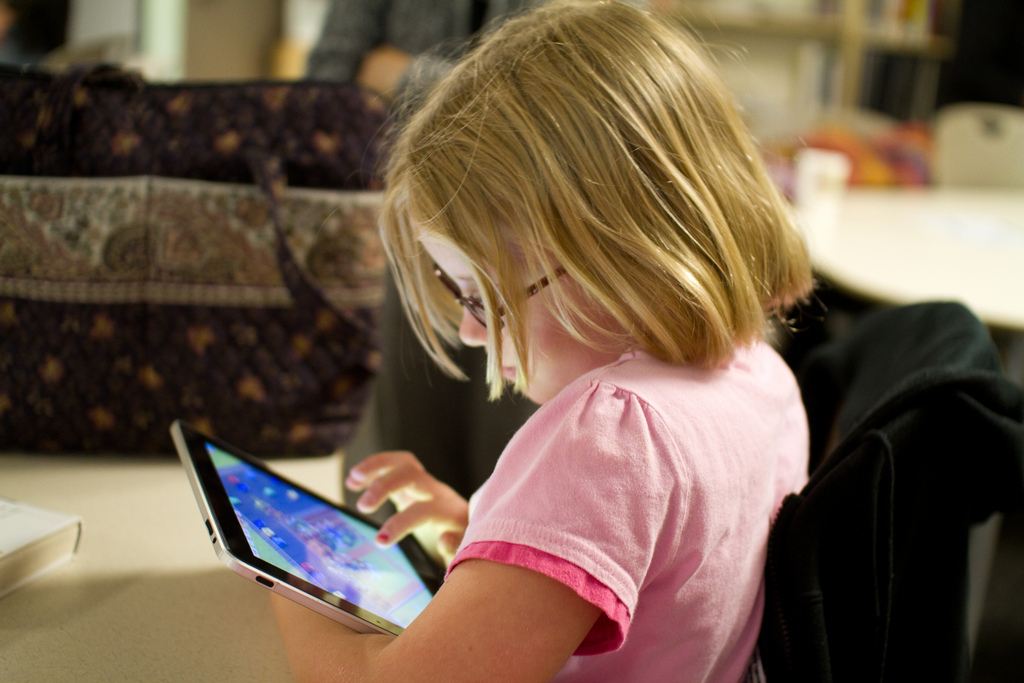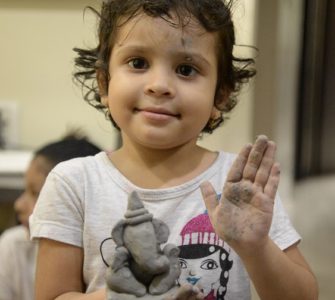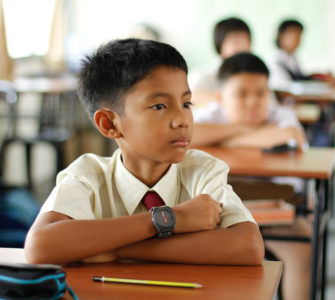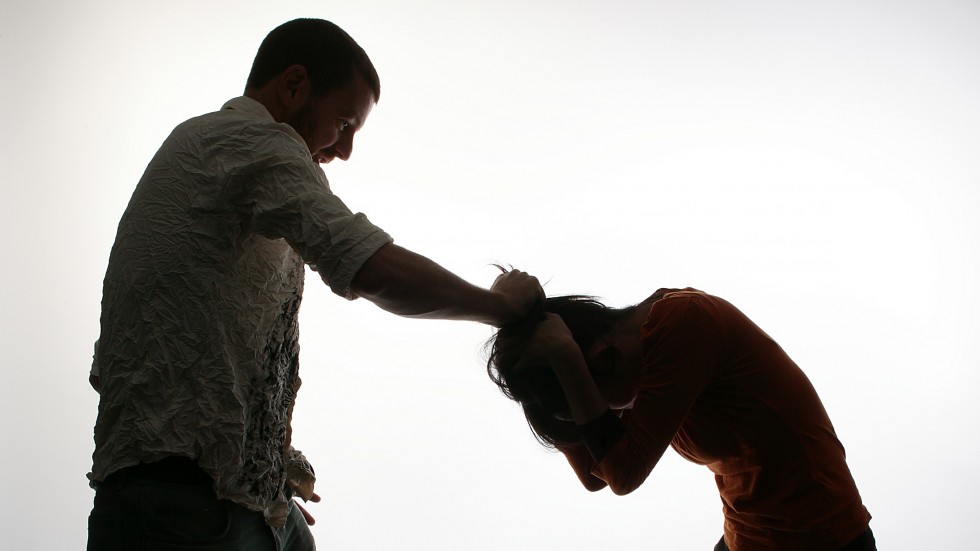
By: Dr Anjana A Thadhani
Just a few years ago, the idea of ‘Social Networking’, was considered revolutionary. Internet has always provided a platform to connect with the world, but with the advent of social networking sites it has become much easier. Today you will rarely find anyone who isn’t familiar with Facebook, Whatsapp, Twitter or Google Plus.
Global Scenario
The statistics related to social media use among adolescents are changing rapidly and India is not really lagging behind. In a study published in US in 2011, 75% of teenagers now own cell phones, and 25% use them for social media, 54% use them for texting and 24% use them for instant messaging. A recent study in 2013 in the online edition of the Journal of Adolescent Health say that 95% of 12 to 17 years old in US access the internet every day, and 80% of those youths use online social networking sites to communicate.
The scenario in India is very similar. A study conducted in 2012 in Indian cities it was found out that Indian teens spend 86 per cent of their time daily on Facebook followed by 54 per cent on Twitter. There is a considerable increase in the rate of Teenagers on social networking websites, chatting, sharing, liking or commenting on Pictures.
With the advent of smart phones and high standard of living, number of children owning a smart phone or a phone that has an access to internet is increasing more rapidly. Statistics show that about 75% of teens have cell phones with internet connectivity and 54% use them to connect to their friends and the world.
The Impact
The impact of social media on the adolescent and children is well documented and of pandemic nature. Easy accessibility and popularity among youngsters make social media an ideal choice for learning and active exchange of ideas across the globe. Social media excited the adults equally till everyone noticed the time displacement effects of the same, which refers to the role of the social media in displacing other activities in which the child might engage. This might change the risk for certain kinds of behavior, e.g. replacing reading, athletics, etc. Other problems that merit awareness include Internet addiction and concurrent sleep deprivation. Slowly the effect of social media on deteriorating academic performance along with obesity showed an increasing trend in children already addicted to mass media. As against mass media, the parental control is very limited in social media.
Current literature suggests very disturbing trends among children and young adults. Of grave concern is the relationship between violence portrayed on social media and an increase in violent behaviour and aggression by children. A recent study concluded that adolescents can be influenced by their friends’ online pictures to smoke or drink alcohol and also by negative pictures uploaded on social networking sites. Social media exposes children to both natural and unnatural adult sexual behaviours in ways that portray these actions as normal and risk-free, sending the message that because these behaviours are frequent, ‘everybody does it’. However sexually transmitted infections and unwanted pregnancy are rarely mentioned. Another problem faced are cyberbullying, harassment and “sexting.”
Sexting can be defined as “sending, receiving, or forwarding sexually explicit messages, photographs, or images via cell phone, computer, or other digital devices.” Many of these images become distributed rapidly via cell phones or the Internet.
What leads to the Behaviour
An individual child’s developmental level is a critical factor in determining whether the medium will have positive or negative effects. Because of their limited capacity for self-regulation and susceptibility to peer pressure, children and adolescents are at some risk as they navigate and experiment with social media.
Exposure to media leads to arousal processes and immediate mimicking of specific behaviours. A stimulus that arouses an emotion immediately following an exciting media presentation could also cause more aggressive responses to later provocation. Alternatively, the increased general arousal stimulated by the media presentation may simply reach such a peak that inhibition of inappropriate responses is diminished.
Observation of specific social behaviours around them increases the likelihood of children behaving exactly that way. As children observe violent or sexual behaviour, they are prone to mimic it.
During childhood children encode in memory social scripts to guide behaviour though observation of family, peers, community, and mass media. Consequently observed behaviours can be imitated long after they are observed. As children mature further, their beliefs about what social behaviours are appropriate become crystallized and becomes habit and later part of their personality. Aggressive children tend to become aggressive adults and display irresponsible behaviour. This could be attributed to the long-term psychological changes as a result of early exposure to violence and inappropriate behaviour.
What can be done
Most of the parents usually end up providing the equipment needed for the social media. The most important question is how to regulate and monitor the use and content of social media.
It is important that the parents talk to their children and adolescents about their online use and the specific issues that today’s online kids face. Parents also need to update themselves about the many technologies their youngsters are using.
Parents can use Internet safety tools to limit access to content and websites and provide a report of Internet activities. Make sure your children understand what personal information they should not give over the Internet.
Parents should encourage your children to tell you if something or someone online makes them feel uncomfortable or threatened. Stay calm and remind your kids they are not in trouble for bringing something to your attention. Praise their behaviour and encourage them to come to you again if the same thing happens.
Dr. Anjana Thadani is Consulting Developmental Paediatrician, Director, Niramaya Guidance Clinics and Niramaya Hospitals, Mumbai, Director, PEHL Services













